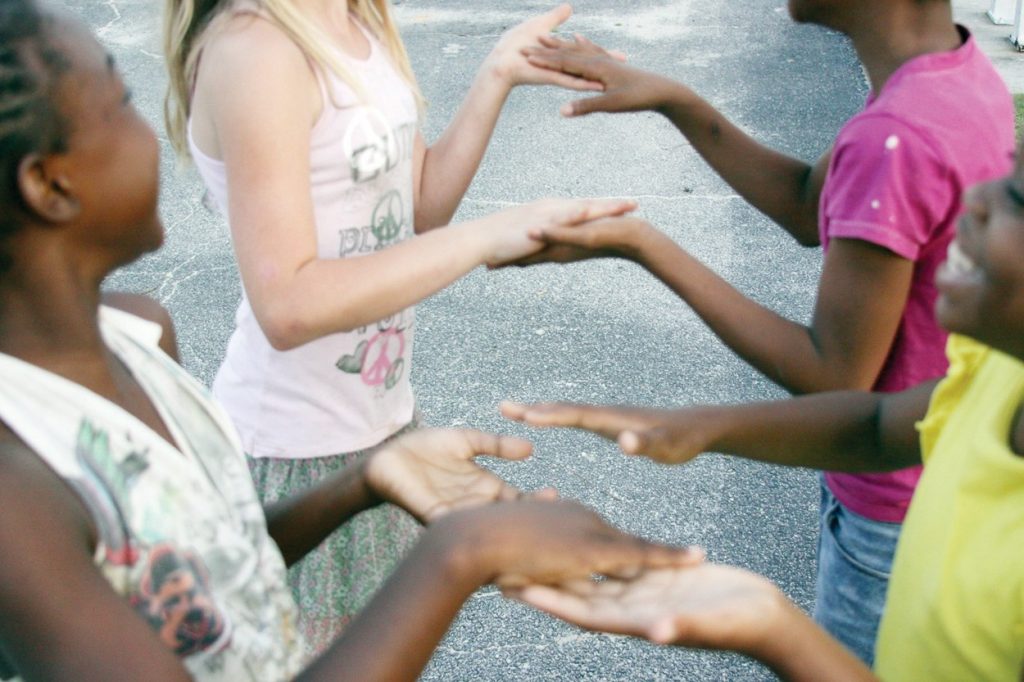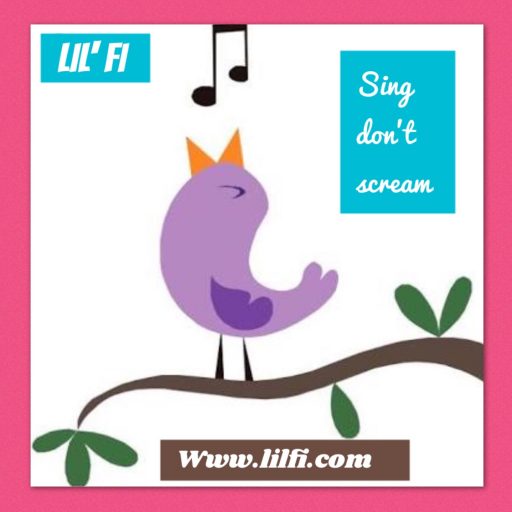BRING BACK HANDCLAPPING!

BRING BACK HANDCLAPPING!
- By lilfi
- Babies, Children, cross meridian stimulation, Early years education, handclapping, neural pathways, Parenting, singing, Uncategorized
- July 10, 2019
- -

BRING BACK HANDCLAPPING!
I found this great article on line and wanted to share it with you all. I focus on hand clapping games this term and this tells a lot of why it’s so important to bring back into our school yard culture. I introduced this to a teaching friend in my home town – Bundaberg. He taught his year 3 class a song and the whole school yard exploded into a hand clapping revolution. The children taught each other and every spare minute, standing in line waiting… you name it they were hand clapping. Terrific for the mind and brain, hand/eye co-ordination… and much much more…read on.
The Importance of Clapping During Early Childhood
By Stacey Chaloux ; Updated September 26, 2017Children are attracted to hand-clapping songs and games during early childhood.
Playing pat-a-cake and applauding your little one’s performance of new tasks may seem to be a natural part of parenting, but clapping is actually a skill that holds a lot of significance in early childhood development. Clapping can be used to communicate, help improve cognitive skills and boost coordination in young children. So bring out those clapping songs and games, and give yourself a hand for helping your child’s development.

Communication
Pat-a-cake is a classic game for good reason. Clapping games improve your baby’s fine motor skills and hand-eye coordination, so that by the time she is 9 months old, she will have the ability to bring her hands together for a clap. Sometime between 9 and 12 months of age, she learns that clapping is a way to show she is happy or excited, and it becomes a new form of communication for her, according to Parenting.com. Just by watching you sing songs like “If You’re Happy and You Know It” or applaud her new abilities, she understands that clapping is something people do when they are having fun.
Rhythm and Music
Children move to music and rhythm from a very early age by bouncing, swaying and clapping to the beats they hear. Rhythm and repetition is usually pleasing to young children, so they enjoy nursery rhymes and songs that have a rhythmic beat. Toddlers especially enjoy songs with clapping because putting motions to a song or rhyme helps them remember the order, according to The Creativity Institute. By the time your child is 3 years old, she should be able to listen and repeat a rhythm that you clap out. As she gets older, encourage her to make up her own rhythms or to find the beat as you listen to songs together. Sing songs that include clapping like “B-I-N-G-O,” or adapt the chorus of Queen’s “We Will Rock You” about something relevant to your child, such as “We love, we love, apples!”
Interlimb Coordination
Clapping involves interlimb coordination because it involves moving both sides of the body with a steady rhythm. When children learn to clap, they are using the corpus callosum, which is a structure in the brain that connects the two sides of the brain and helps each side communicate with the other, according to an article in the journal “Early Childhood Research and Practice.” As this part of the brain develops, children become better at performing movements that require both sides of the body to move in conjunction. Around the age of 4 years old, most children have developed the ability to fully control and synchronize the movements of both hands. Playing clapping games at an early age can help strengthen this development, leading to strong connections between both sides of the brain.
Cognitive Development
A study conducted by researchers from Ben-Gurion University of the Negev found that young children who were exposed to hand-clapping songs and rhymes demonstrated different skills as first-, second- and third-graders, according to PsychCentral. The children who did not participate in hand-clapping activities lacked some important developmental skills and were more likely to develop dyslexia. The researchers found that hand-clapping actually trained the brain and led to better development in many areas. Around 7 years old, children naturally become interested in clapping rhymes, such as “Miss Mary Mack” or “A Sailor Went to Sea,” and performing them with their peers enhances both their cognitive and social-emotional needs.
lilfi
Babies, Children, cross meridian stimulation, Early years education, handclapping, neural pathways, Parenting, singing, Uncategorized
Early years music specialist teaching children in family day cares and homeschooling all over Australia daily. Endorsed by the best in the industry including Maggie Dent, Dr Louise Porter, Sandi Phoenix, Victoria Edmonds and FDC educators Australia wide. Lil' Fi is an award winning musician - 5 times best female vocalist at The Australian Blues Music Awards. 8 independent Albums, 25 years as a touring artist, featured on most folk and blues festivals from counting in the NYE 17 times at Woodford Folk Festival to being one of the first women on the East Coast Blues Festival in 1992. 11 years in the Early Years - educating educators on intentional teaching with music and how to play the ukulele. Having taught up to 1000 children per week in person and specialising in Special needs and Autism. Lil' Fi loves sharing her musical knowledge and inspiring others to SING AND DON'T SCREAM.

